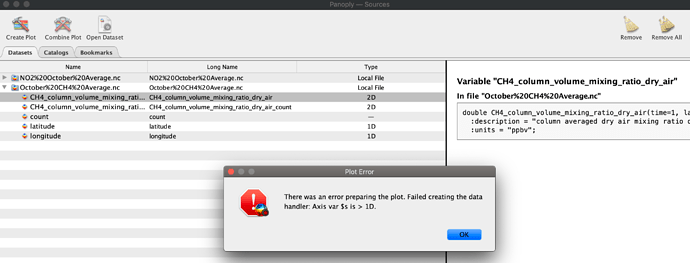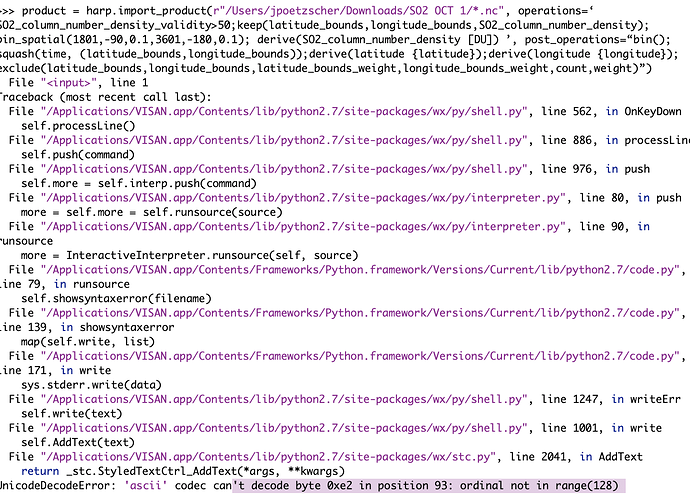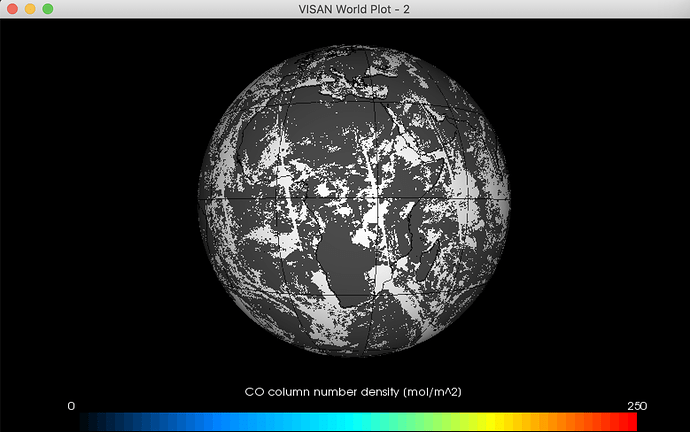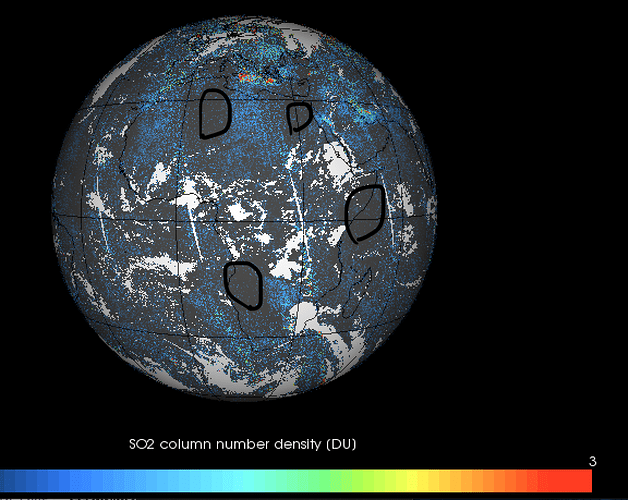Hi, with Sander’s help I was able to map the global average concentration of NO2 for the month of october. I downloaded 15 files from the Sentinel 5p, for each day, and then I processed them into a daily average file using the NO2 code provided below. Then I averaged the daily averages to make a monthly average. I would now like to do the same for CH4, SO2 and CO. I tried to just edit the below code and replace any NO2s with CH4 or the gas I’m trying to measure. This doesn’t work. If somebody could tell me the code required for these three gases that would be great. Also keep in mind that I will be exporting these monthly average maps to qgis or panoply where I can design the aesthetics of the map to look nice, so the code needs to fit the format to be exported. I really appreciate Sander’s work so far, and hopefully by posting this question on the forum I can help others.
NO2 CODE:
product = harp.import_product(r"/Users/jpoetzscher/Downloads/NO2 OCT 1/*.nc", operations=‘tropospheric_NO2_column_number_density_validity>75;keep(latitude_bounds,longitude_bounds,tropospheric_NO2_column_number_density);bin_spatial(1801,-90,0.1,3601,-180,0.1);derive(tropospheric_NO2_column_number_density [Pmolec/cm2])’, post_operations=“bin();squash(time, (latitude_bounds,longitude_bounds));derive(latitude {latitude});derive(longitude {longitude});exclude(latitude_bounds,longitude_bounds,latitude_bounds_weight,longitude_bounds_weight,count,weight)”)







